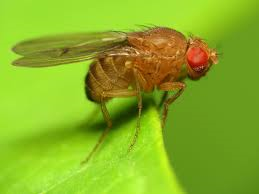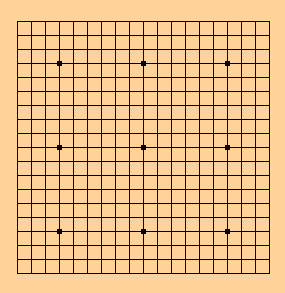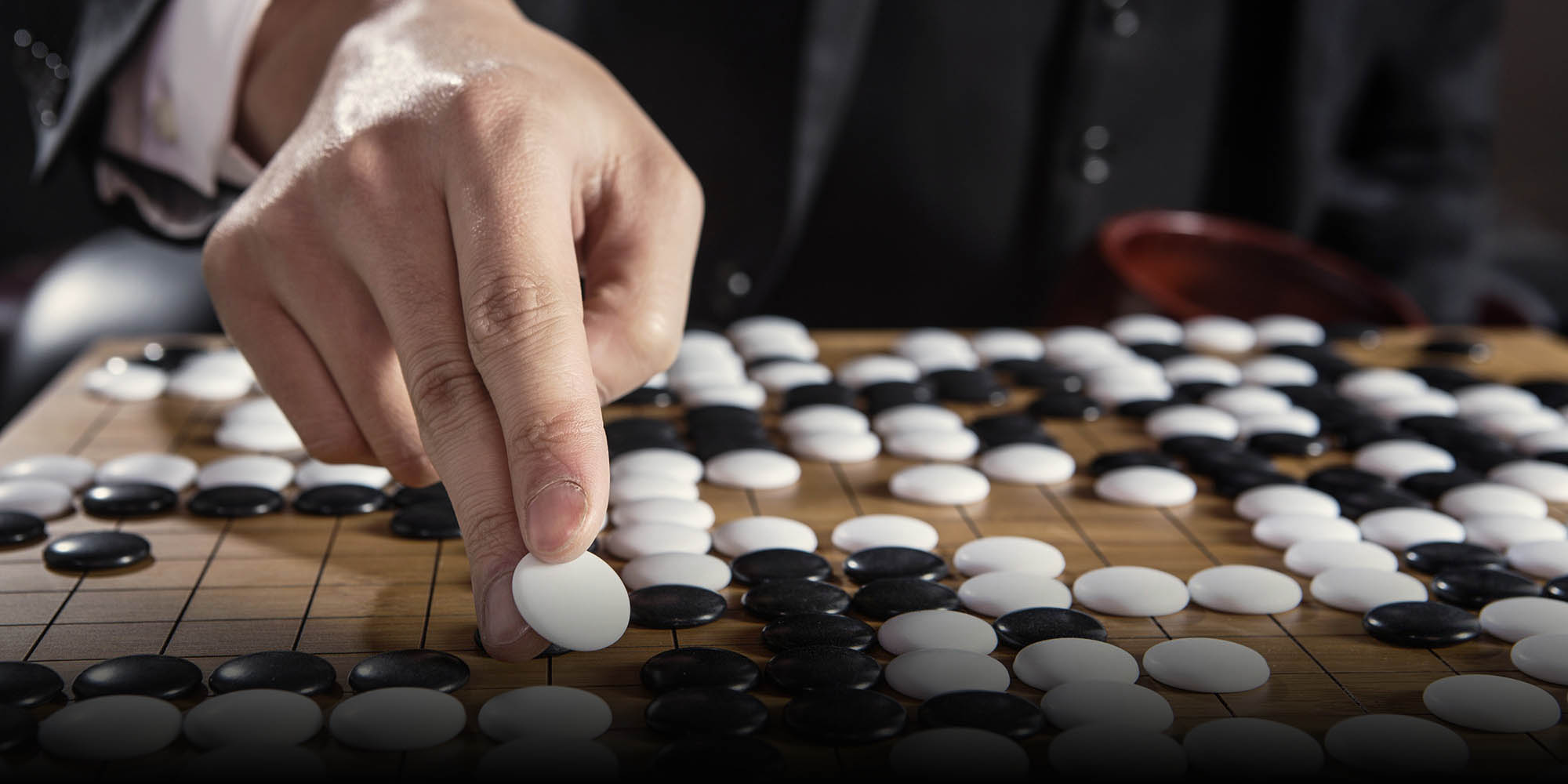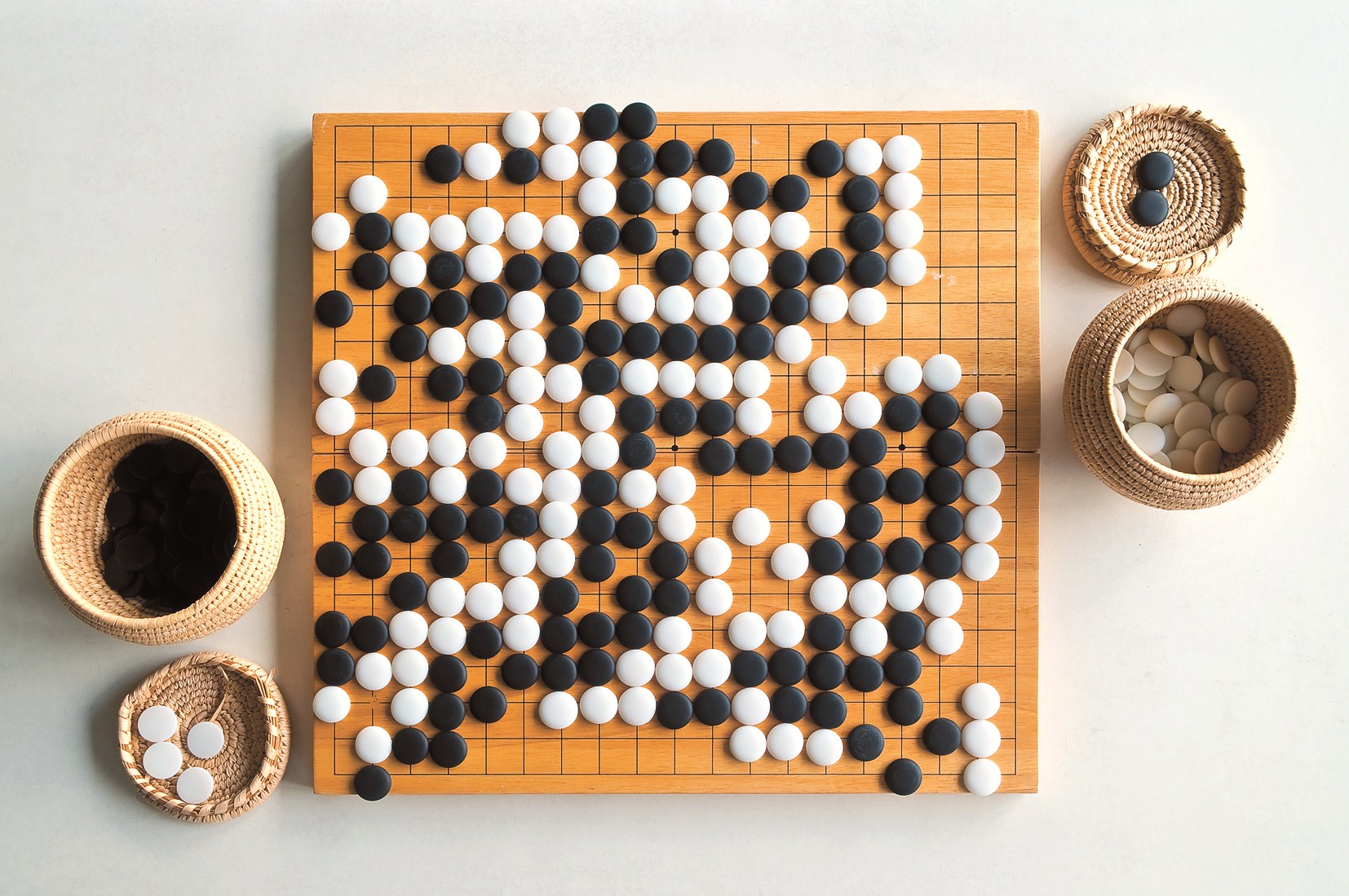 The drosophila
The drosophila
- EXAMPLE of an evaluation function (Shannon, 1950):
- Let K, Q, R, B, N, and P denote the number of White kings, queens, rooks, bishops, knights and pawns on the board
- Let K′, Q′, R′, B′, N′, and P′ denote the number of Black kings, queens, rooks, bishops, knights and pawns on the board
- Let D, S, and I denote the double, backward or isolated White pawns
- Let D′, S′, and I′ denote the double, backward or isolated Black pawns
-
Function f = 200(K - K′) + 9(Q - Q′) + 5(R - R′) + 3(B - B′ + N - N′) + (P - P′) – 0.5(D - D′ + S - S′ + I - I′)
|
- The drosophila (or the humble fruit fly) is a good model organism in biology, neuroscience, and genetics
- Chess has been described by Alexander Kronrod as the drosophila of AI research
- How do we design an AI system to play a skilful (i.e. human expert-level) game of chess?
- RESPONSE 1: We could rely on a set of principles
- PRINCIPLE 1: The player with greater mobility has the better game
- PRINCIPLE 2: Different PRINCIPLES apply in different phases (e.g. opening, middle game, endgame) of the game
- ⋮
- RESPONSE 2: We could rely on an evaluation function
- RESPONSE 3: We could rely on a minimax algorithm
Hover over here to see js code snippet for the minimax algorithm
|
 Go
Go
|
- Go (围棋 or weiqi) is a 2-player sequential zero-sum game with perfect information
- The aim of Go is for each player to surround more territory than the opponent
 Go board
Go board
|
- There are 19 vertical lines and 19 horizontal lines on the Go board
- This yields 361 (or 192) points or intersections
- 9 points on the board are dotted and called star points
- The point in the centre is called the central star
|
 The rules of Go
The rules of Go
|
- P1 (Black) takes the black stones and makes the first move
- P2 (White) takes the white stones and makes the next move
- P1 (Black) and P2 (White) take turns to move and only one stone can be played per move
- A stone on the Go board has 2-4 adjacent intersections
- Whichever of these intersections is/are unoccupied would be called liberties
- Stones adjacent to other stones of the same colour form a unit and their liberties are counted together
- When all the liberties of a stone or group of stones have been taken by the opposite colour, those stones cannot remain on the board
- The game of Go ends when both P1 and P2 agree that there will be no more moves or when either P1 or P2 resigns
|
 Counting the score
Counting the score
|
- At the end of the game, whichever stones will inevitably be captured are dead
- Stones that cannot be captured are alive
- All dead stones of both P1 and P2 are removed from the board
- All living stones of each player are counted, including the vacant points enclosed by those stones
- Vacant points between the living stones of both P1 and P2 will be shared equally
- 180½ is half the number of points on the board
- Let t denote Pn's total number of living stones and enclosed vacant points
- If t > 180½, then Pn wins
- If t < 180½, then Pn loses
- If t = 180½, then the game has ended in a draw
|
- Go is a far more complex game than chess
|
|
Chess |
Chinese Chess |
Shogi |
Go |
| Board size |
64 (8 × 8) |
90 (9 × 10) |
81 (9 × 9) |
361 (19 × 19) |
| State space complexity |
1046 |
1048 |
1071 |
10172 |
| Game tree complexity |
10123 |
10150 |
10226 |
10360 |
| Branching factor |
35 |
38 |
92 |
250 |
|



